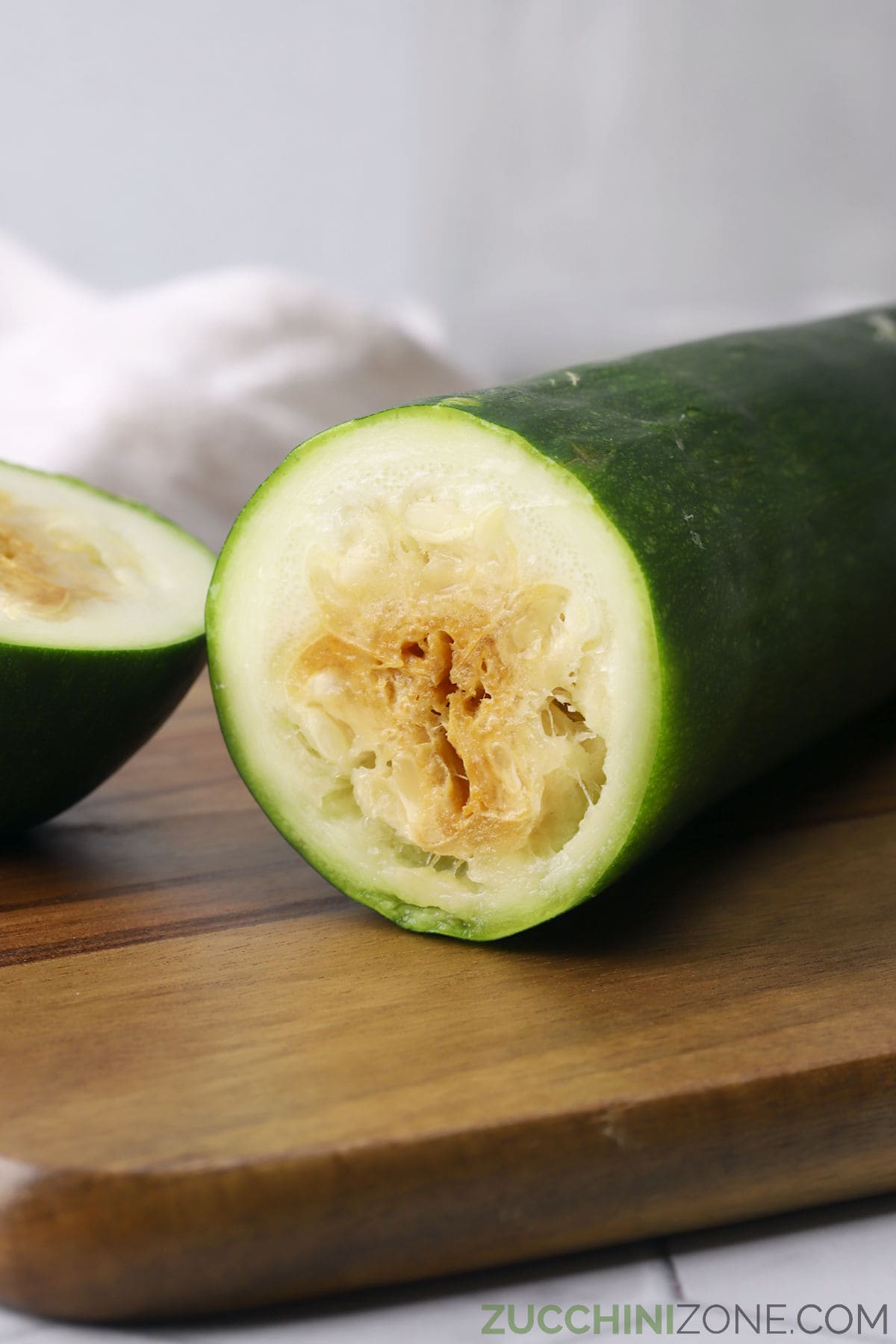Whether you’re picking out produce at the grocery store, or checking on leftover veggies in the fridge, you may be wondering how to tell when zucchini is bad. Today I’m sharing a few easy, telltale signs that zucchini has gone bad, as well as how to pick out fresh, long-lasting produce at the store.
Zucchini is a popular summer produce. Abundant at farmer’s markets, grocery stores, and neighborhood gardens, it’s easy to come by and often inexpensive when in season.
See more : Bubble Tea: A Sweet and Satisfying Delight
No one wants to spend their hard earned money on food only to find rotten zucchini in their fridge two days later. From texture to smell, I’m sharing a few easy, telltale signs that your zucchini has gone bad, as well as ways to pick out fresh, long-lasting zucchini.
Telltale signs
Wondering how to tell if zucchini is bad? Here are a few obvious, telltale signs.
- Mold - Maybe the most obvious sign that fresh produce has gone bad. If you see mold on your zucchini, it’s time to toss it out.
- Soft spots - When inspecting whole zucchini, if you find any soft spots that easily indent or feel squishy, this is a sign that it has begun to rot inside. Zucchini should feel firm to the touch with moderate resistance.
- Wrinkles/shriveling on skin - If you see any wrinkling or shriveling on the outside of the zucchini, this is a sign that it’s starting to go bad. I recommend passing on these at the grocery store. If your refrigerated zucchini begin to wrinkle, it’s time to slice into them to check on the flesh, then use them or toss them.
- Dark spots throughout flesh - After slicing into your zucchini, you may notice dark brown spots (as pictured above and below). If these spots are small and minimal, cut around them and use the remaining white flesh. If the browning is widespread, it’s best to discard the entire zucchini.
- Mushy/soft/stringy flesh texture - Along with these brown/dark spots, the flesh of the zucchini may begin to look and feel mushy, stringy, and soft. If your zucchini looks stringy, not firm and meaty, it’s time to be discarded.
- Off smell - Zucchini has a neutral, “green” scent. If your zucchini smells rotten or “off”, it’s safe to say it should be tossed.
- Bitter taste - When fresh, zucchini has a very neutral flavor. If your raw zucchini tastes bitter (test by licking an otherwise fresh-looking slice of zucchini), it has likely gone bad.

Garden zucchini
Are you growing garden zucchini and wondering if your fruit has gone bad while still on the plant? Here are a few reasons why that may be happening.
- Blossom end rot - Blossom end rot is a calcium deficiency that affects many home garden fruits and vegetables. It looks like the bottom of your fruit is bruised and rotten. If your fruits have been plagued with blossom end rot, do they need to be discarded? That’s up to you. If the rotten part can be cut away and the remaining fruit appears to be fresh, it can technically be eaten.
See more : What to Serve with Perogies: 10 Savory Side Dishes
Here’s a great article with more information on blossom end rot : Garden Know How - Zucchini Blossom End Rot Treatment
- Unfertilized zucchini - If a zucchini plant’s female flowers have not been pollinated, the zucchini will not grow. This can happen early in the season, or when there aren’t many pollinators in the area yet. If you notice a small, underdeveloped zucchini that doesn’t appear to be growing day to day, it’s likely unfertilized and should be discarded. Gently trim off any unfertilized zucchini so the plant can focus on growing newer, fertilized fruits.
How to choose fresh zucchini
When possible, buy loose, unpackaged zucchini. This way, you can inspect all sides of the zucchini to look for blemishes or soft spots. Packaged or shrink-wrapped zucchini can easily hide blemishes that go unnoticed until you get home.
- Firm flesh - Fresh zucchini is firm to the touch with no soft or squishy spots.
- Blemish-free - The ideal zucchini should have no visible blemishes, including scratches or scrapes, which can decrease a zucchini’s longevity.
- Green skin - Depending on the type of zucchini, the skin of a fresh zucchini should be light to dark green all over, with no browning, discoloration, or mold.
- Size - The ideal cooking zucchini is small to medium in size, ranging from 6 to 10 inches in length. Large zucchini can be tough and stringy, with less moisture, but can work well in stews or breads where the extra moisture isn’t needed (look for recipes that call for squeezing the liquid out of your shredded zucchini, like my potato zucchini pancakes).
- Stem intact - Fresh zucchini should have some of the woody stem intact on top. Pass on any zucchini with a moldy or missing stem.
How to store zucchini
- Fresh, whole zucchini will keep at room temperature for 2 to 3 days.
- In the refrigerator, fresh, whole zucchini will keep for up to a week (sometimes longer), and sliced zucchini will keep for 2 to 3 days.
- Sliced or shredded zucchini can be frozen for 3 months or more (sometimes lasting up to a year). Check out my post on how to freeze zucchini for more details on proper storage.
Zucchini recipes
Looking for ways to use up zucchini before it goes bad? Here are a few of our most popular recipes:
- Applesauce zucchini bread
- Roasted zucchini and broccoli
- Cranberry orange zucchini bread
- Refrigerator dill zucchini pickles
- Buffalo chicken zucchini boats
Nigel Gildon editor:Nigel Gildon is the editor of Chef Wayne’s Big Mamou: Chef Wayne’s Big Mamou. He has worked in the publishing industry for many years and has a passion for helping new authors get their work into the hands of readers. 63 Liberty Street * Springfield, MA 01003




